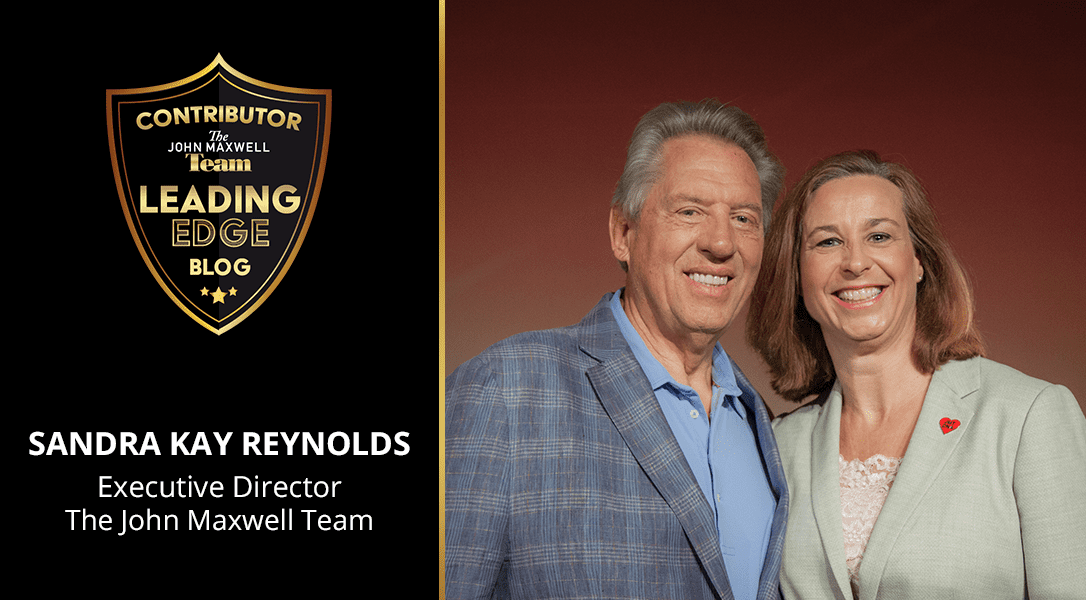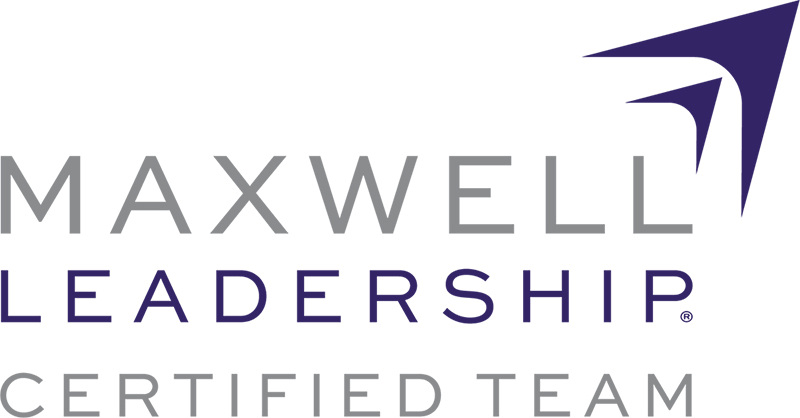The Leading Edge: The Importance of Changing Your Mind

By: Sandra Kay Reynolds
In my favorite book by John C. Maxwell, Thinking for a Change, John tells a very important lesson that every great leader must learn.
The chapter on shared thinking is crucial to understanding leadership, mainly because John didn’t always hold this belief. John says, “Only reluctantly did I work on ideas with others. When a colleague challenged me on this, I started to analyze my hesitancy. I realized it went back to my college experience.”
John goes on to tell the story of an unprepared professor who would simply let the students discuss their uninformed opinions about a subject. This experience produced a negative bias in John toward shared thinking. Later, he was challenged to examine this belief. It became obvious that what occurred in that classroom was an isolated incident. His belief was in direct opposition to strong leadership practices. Upon careful examination, John changed his mind.
Successful leaders know how to change their minds. It is an exercise in self-awareness. They do the three things that John did.
- Leaders examine their long-held beliefs. We all hold onto beliefs that not only do not serve us but can hinder our ability to lead effectively. Some were imprinted by situations and circumstances that are outdated or unrelated to the leadership challenges before you today. This is the most difficult step in the process of changing your mind.We are all biased about ourselves. It is vital to be able to recognize when a lesson learned long ago may not apply to the current circumstances. John saw that his belief was biased because of one situation. His willingness to challenge that belief led to the discovery of a leadership practice that has multiplied his effectiveness as a leader.
- Leaders analyze the situation. They look for where their belief does not fit the current set of circumstances. “We’ve always done it this way” isn’t a guarantee that you’re doing it the best way. Be open to new thinking that enables you to move your organization forward. Look to others for ideas that might not come to you. Someone else may have the very solution that is needed. Being the leader doesn’t mean you have to have all the answers. Many times, I have heard Mark Cole, the CEO of the John Maxwell Co. say, “I don’t want to be right. I want to get it right.” A leader finds the right solution for the situation and acts accordingly.
- Leaders are willing to change their mind. Another word for this is growth. All successful leaders are willing to grow and change for the benefit of their business or organization. My favorite John Maxwell quote is, “Change is inevitable. Growth is optional.” A leader sees that the growth of their organization begins inside themselves. It takes intentionality and work to be better today than you were yesterday.
In today’s world, the things that move your business forward only work in the short term. It is up to the leader to create a business environment where growth is embraced and celebrated. Strong leaders model the importance of growth in their organization through their willingness to change their mind.
I recently worked with a client who assumed the helm of the family-owned business. Although he had worked at the company for 20+ years, he found himself overnight in the position where all decisions were now squarely on his shoulders. Working together, we were able to process some limiting beliefs about his role as the son of the owner versus his new role as the owner. He followed the three-step process above to change his perception of himself and lead his organization through the transition.
I watched as this client gave up the beliefs that were hindering him and the company. He began to lead the organization with confident leadership practices. He grew as a leader by changing his mind.
The results personally and for his business have been significant. He is more confident making decisions. His communication has improved with all employees. He is boldly leading his business in a new direction. Plus, the business is growing and attracting high quality sales leaders. He has the buy-in of all employees, and the culture has improved within the company.
It wasn’t always an easy transition, but he knew the future of his company depended on his leadership. He was willing to challenge himself, grow himself and become a better leader. He changed his mind.
What limiting beliefs are you holding onto that hinder your ability to lead effectively? More importantly, are you willing to change your mind so that you can be a successful leader? Try using this process in your business or organization and see how it works for you.
Sandra Kay Reynolds is an Executive Director with the John Maxwell Team. She is passionate about helping people and organizations reach a greater potential through the practice of leadership principles and personal growth strategies. With 20+ years of teaching and training experience, she knows how to connect and deliver programs and coaching that are engaging, entertaining and empowering. Whether you or your organization needs leadership training, culture creation, communication improvement or strategic planning, Sandra Kay can customize a program to assess specific needs, facilitate growth and guarantee success. By making your needs her priority, she strives to deliver an experience unlike any other that is unique and relevant to your goals. You can learn more about her at http://www.skreynoldsleadership.com/.
